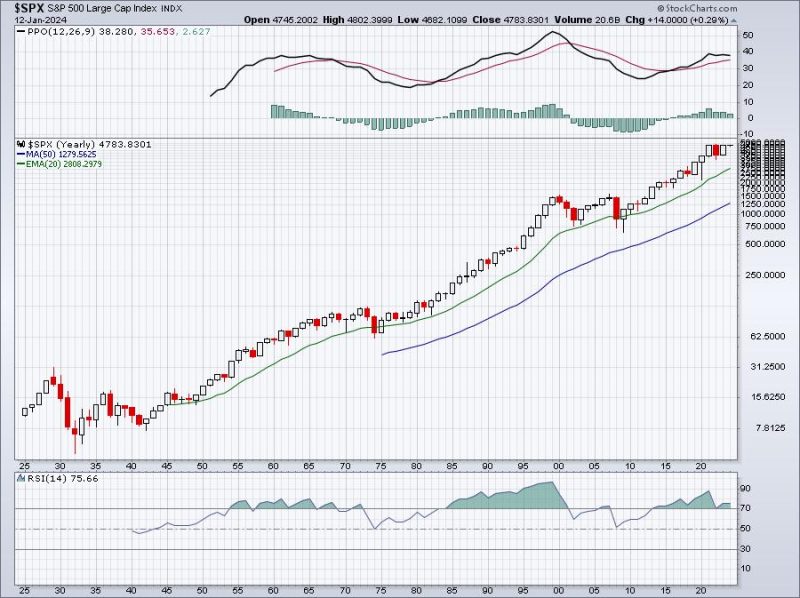
Timeless Wisdom: Why We Should Curb Our Hopes for Tech Stocks
The Concept Of Perspective And History: Evaluating Technology Stocks
Perspective and history offer insightful approaches when it comes to the assessment and valuation of technology stocks. With the burst of the tech bubble in the early 2000s and the subsequent financial crisis in 2008, these historical precedents underscore the importance of tempering our optimism for tech stocks with cautious pragmatism.
Understanding the Hype Cycle
Gartner, a leading research and advisory company, presents the ‘Hype Cycle’ to illustrate the maturity and adoption of new technologies. This cycle consists of five phases: technology trigger, peak of inflated expectations, trough of disillusionment, slope of enlightenment, and plateau of productivity. Most often, technology stocks garner significant attention and hype during the first two phases, leading to inflated stock prices which do not reflect the company’s intrinsic value accurately.
The stock market’s history paints a vivid picture of how high expectations for technology stocks can be dangerous. The tech bubble burst at the beginning of the 21st century is a prime example. At this time, speculators’ expectations were high, leading to inflated tech equity prices. When realization dawned that many of these tech companies were overvalued and not profitable, the bubble burst, leading to significant losses for many investors.
Market Volatility and Technology Stocks
The inherent volatility of the tech sector adds another layer of complexity. Alfred North Whitehead once remarked that the ‘safest’ theme may disappoint tomorrow…on the stock market the public is always wrong. This quote holds particularly true for tech stocks. Over the last two decades, tech stocks have typically outperformed the broader market in bullish cycles and underperformed during bearish cycles, illustrating the sector’s considerable volatility.
The Dangers of Over-Expectation
In the world of investment, excess expectations can be harmful. Over-optimism can lead to an overshooting of prices followed by rapid corrections. In recent years, a litany of tech stocks have seen their valuations skyrocket, only for them to tumble down subsequently, taking the investments of countless optimistic investors with them.
A historical perspective reminds us to be cautious with our expectations. A study conducted by CXO Advisory Group showed that over a 16-year period, industries with the fastest technological innovation showed lower stock returns than slower innovating industries.
Balancing Expectations with Reality
Given this perspective, a rational approach to investing in tech stocks might involve lowering expectations. This does not suggest ignoring technology stocks or underplaying their potential upside. Instead, it promotes the idea of sober, rational investment, evaluating each stock on its individual merit rather than being guided by sector-wide hype.
Bulk investments in tech stocks, driven by buzz words like ‘innovation’, ‘disruption’, and ‘breakthrough’, can lead to poor diversification and higher risk. Instead, investors should seek to assess the real value of each company, considering factors such as profitability, market position, and competitive advantage.
In conclusion, while the potential of technology companies and the lure of high returns might seem attractive, perspective and history tell us to balance such exuberance with well-grounded skepticism. Lowering our expectations for tech stocks, gauging them on their real merits rather than hyped potential, might better secure our investments in the long run.
